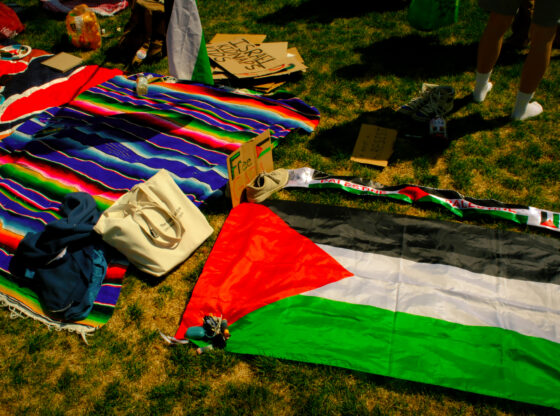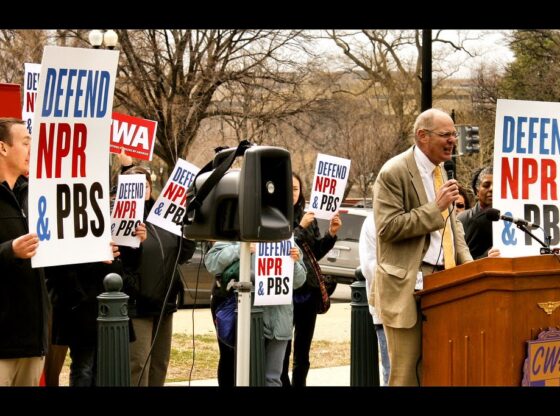Young gun-toting boys run wildly through the streets of an impoverished slum. These hoodlums, or “hoods” as they refer to themselves, brandish their weapons like toys, steal as much money as they can through petty crimes, and spend a lot of time dodging the cops.
But some of them, like L’il Dice, grow up wanting to become real drug-dealing gangsters, controlling everything around them and mercilessly killing those that get in their way.
“City of God” is based on the real story of the poverty, crime, drugs, and gang warfare that plagues a Brazilian slum, an area mostly forgotten by the government and completely forgotten by God. The “City of God,” a housing project set up by the government near the capital city of Rio de Janeiro in the 1960’s seems distant from paradise, yet it is a stone’s throw away from an idyllic beach.
The film tells the story of a young hood, tracking his development into quasi-mob boss and head drug-dealer of the neighborbood. It also tells the stories of an original trio of hoods, rival gangsters, and those caught in the middle like its narrator, who is one of the few adolescents who doesn’t get sucked into a gang.
An aspiring photographer, Rocket describes the decline of the slum in three segments, all set in different years from the later-60’s to the early-80’s. Through flashbacks, mini-stories, and some comic anecdotes, Rocket observes life around him.
The film is shot with handheld cameras that capture the adrenaline-powered violence that permeates through every nook of this city. Intense film sequences bring the viewer face-to-face with an assortment of Brazillian characters. In fact, director Fernando Meirelles assembled 200 non-professional locals for his cast.
The cinematography is a passionate mix of frenetic camera movements, fast-paced scenes, and close-ups. Some of the most interesting bits bring together Rocket’s photographs, condensing the sequence into a string of snapshots. In another scene, cinematographer Cesar Charlone creates a beautiful montage with an alternating series of still images and complete darkness.
The slum-dwellers get used to grisly scenes of violence, and by the middle of the film, so does the audience. The gang rivalry turns into an all-out war by the end, and the police decide to disappear from the mix, leaving the gangs to exterminate each other.
This film creates a portrait of a city overrun by out-of-control emotions, irrational violence, and corrupt cops. However, some poignant sequences depicting true friendship and aspirations give the film pockets of hope. “City of God” is currently playing at the Mayan Theater.










